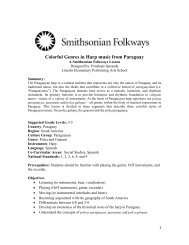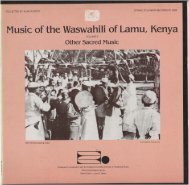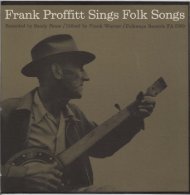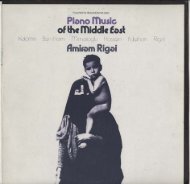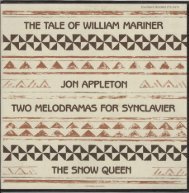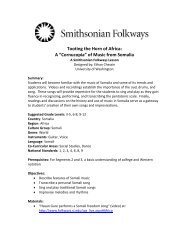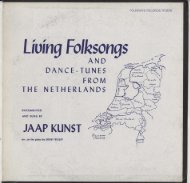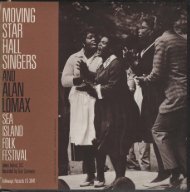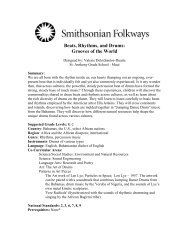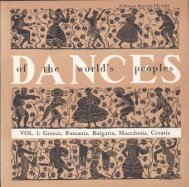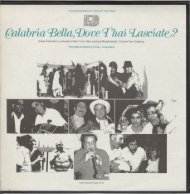You also want an ePaper? Increase the reach of your titles
YUMPU automatically turns print PDFs into web optimized ePapers that Google loves.
The practice of reciting one's warpath exploits in the war dance wasold and widespread in North America. Henry Timberlake, a young lieutenantfrom Virginia, described a Cherokee warparty in 1762 returning with fourShawnee scalps. They circled the townhouse sounding the "Death Hallow" andentered for a war dance, in which each warrior in turn recounted some detail ofthe expedition. He would then place a donation on a buckskin for the honor ofrecounting his deeds, and the proceeds would be distributed among the poor.Most songs which warriors took into battle were of a protective orprophylactic nature. These songs were integral to the medicine power neededto survive, and each song had been obtained through fasting. In his biographyof the Crow warrior, Two Leggings, Peter Nabokov writes how these songsfunctioned:If a particular [Crow} medicine song proved to benefit its owner, less successful warriors paidmuch for its rights. Before he ever received his own songs, Two Leggings gave a buffalo'shindquarter to Bear and his wife. In gratitude the renowned old warrior permitted the youthto sing his personal war song: "Friend, we will go there. I would like to have plenty. I haveplenty. " "We will go there" expressed the singer's request that [his} sacred helper accompanyhis coming raid. "I would like to have plenty" spoke his hopes for that raid, and "I haveplenty, " his assurance that those hopes would be realized.(peter Nabakov, Two Leggings: The Making of a Crow WB.ITiar, New York, 1967, pg 55)Indian people have continued to compose protective battle songs forwarfare in this century. Typical is the Ojibway Air Force Song, (see Honor TheEarth Powwow, RykOdlsc 10199) received in a dream by the father of a World WarII airman fighting overseas. Its text, similar in function to the Crow songabove, was meant to assure a successful return from battle: "Flying around inthe sky, I know that I will come to land safely on earth."With the onset of World War I, an opportunity for Indian people to reenterthe world of combat led to a virtual explosion of song composition. FormerWar Songs, some dating from the early 19th century, were revived and theirtexts slightly changed to suit the new situation. One Winnebago song used in thedays of fighting U.S. soldiers began to be performed once again, the only changebeing the substitution of the word "German" for what had formerly been simply"white man."Many of the elements of what was formerly the war dance have survivedin the powwows of today - from attire, to songs, to dance steps - andmuch of the repertoire of the singers consists of War Dance Songs, some of themquite old. This is one reason why Veterans' Songs are so important, and whyveterans lead off the Grand Entry with their flags.One need only compare the Grand Entry itself with many of the Indianmilitary "parades" of tribal past to see the roots of today's powwow. A typicalFlathead procession from the 19th century leading up to the war dance properwas described as follows :[A] parade ceremony often took place in the morning before the [war} dances commenced.Men, women, and even children participated in it. The procession formed ouside of the campcircle to the north and entered the circle from the east. All the people were mounted [onhorseback}, and riders and mounts were decked in the finest possible style ... . The peopledescribed four circles sunwise around the inside of the camp circle, each time going at afaster gait. At last the men broke into a fast lope toward the dance house, the women followingand striking their hands against their lips, calling "Eit Eit Eit Eit "(J .A. Teit, The Salishan Tribes of the Western Plateaus, Washinilt,(lll, 1930, pg 393)The recordings on American Warriors were selected from a variety ofsources to give an overview of Veterans' Songs covering nearly a century of



